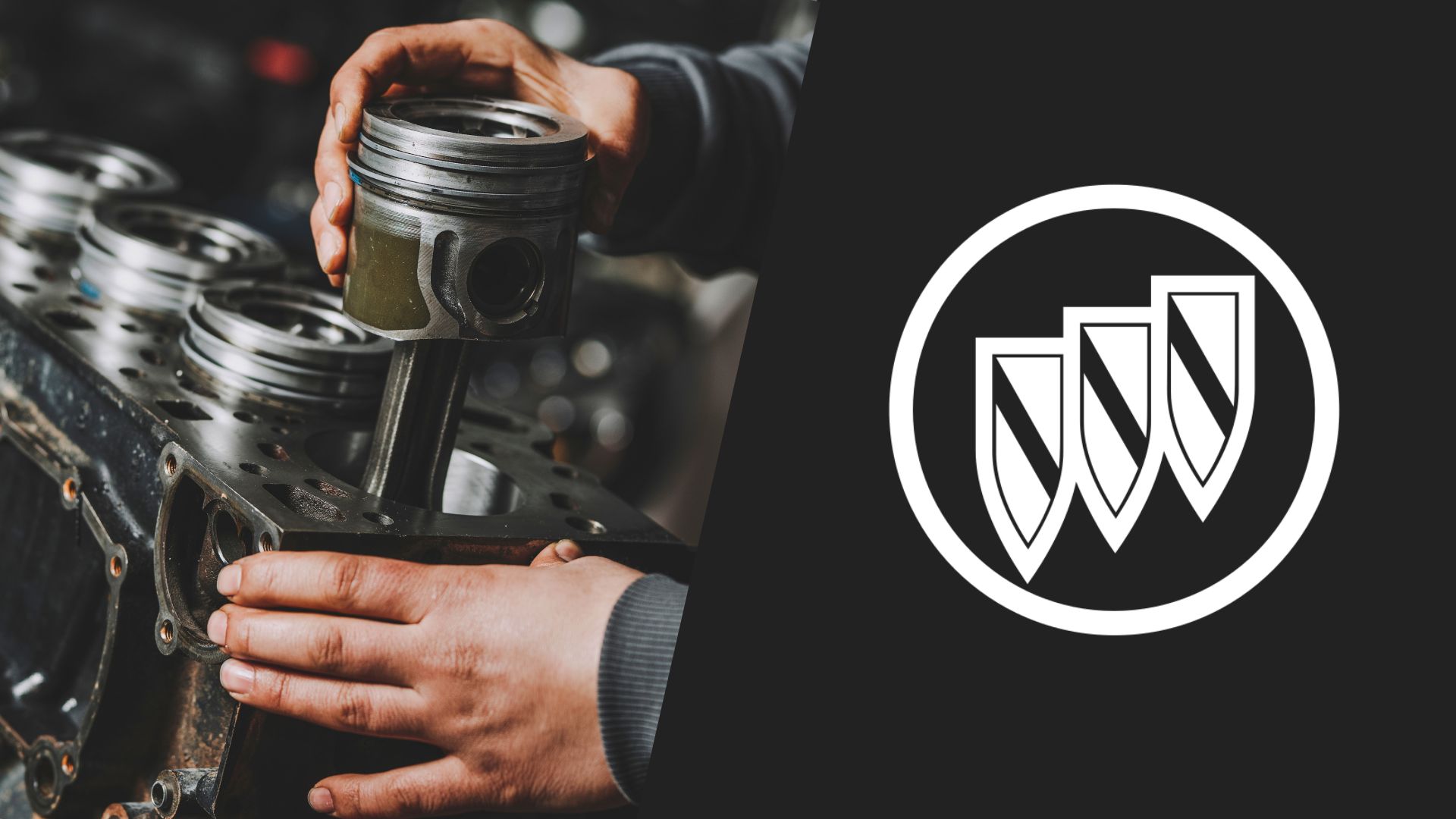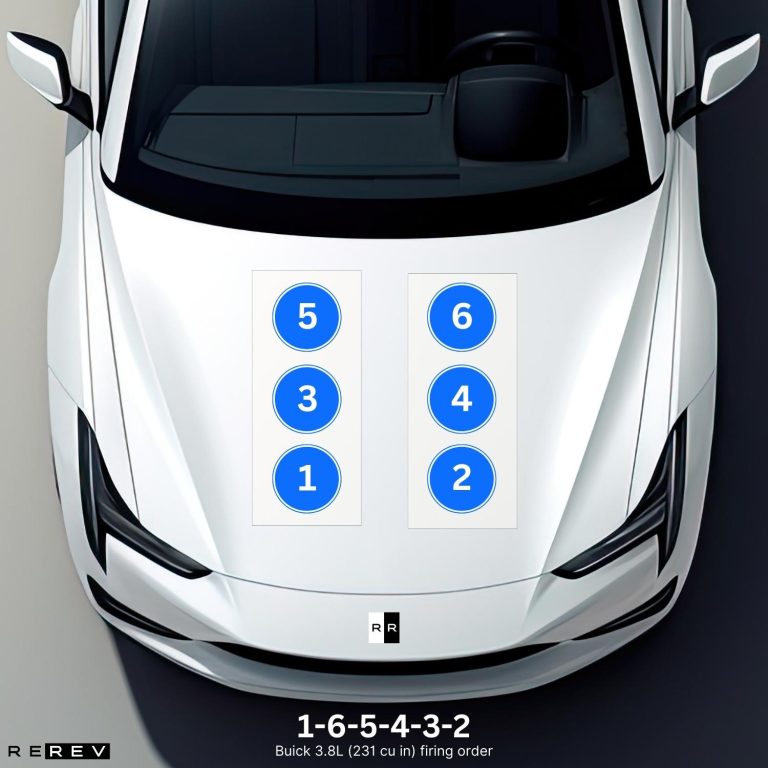Buick 3.8L (231 cu in) firing order — diagram & guide
Optimizing engine harmony with the Buick 3.8L firing order guide.

If you own a classic Buick car with a 3.8-liter V6 engine, you are probably aware it’s still a gem of the automotive industry as much as it was back in the day. Back when Buick wanted to find a more economical alternative for V8 engines, this one came as salvation for many drivers, and it’s no wonder it’s so beloved to this day.
So, we wanted to give you a complete guide on the Buick 3.8L (231 cu in) firing order to make sure you’ll be able to maintain hte engine properly. Through it, we’ll explain the relevance of the engine’s firing order and the cylinder positions to make things simpler.
Buick 3.8L firing order
We’ll get to the details about the engine and its maintenance, but first, let’s state that the Buick 3.8L firing order is 1-6-5-4-3-2. It’s not something you’d expect for a V6 of that time, so it’s important to use the right firing order when checking the engine.
The 3.8-liter V6 is pretty reliable although it has a few common issues such as coolant leaks that lead to overheating. So, all these can be prevented as well as engine misfires by using the firing order, and this goes for all the different versions of the Buick 3.8L V6.
There was also the turbocharged version of the engine used in the Buick GNX as a special version of the Grand National model. So, it’s important to note that the firing order for that one didn’t change along with the performance and induction.
Buick 3.8L cylinder diagram

As for the cylinder layout of the engine, we have to say that it’s pretty standard for GM partner brands and their V6 engines of that time. The first cylinder of this engine is located on the passenger’s side along with cylinders 3 and 5, while cylinders 2, 4, and 6 are on the opposite side.
Identifying the first cylinder is crucial here since that’s where you’ll start and move up through the cylinders with the firing order in mind to inspect all the cylinders.
Buick 3.8L vehicle applications
To prevent potential confusion we’ll also give you a list of all the vehicle models using the Buick 3.8-liter V6 engine. All of the following models are known for using the 3.8L engine with the mentioned firing order in mind:
- Buick Grand National
- Buick GNX
- Buick Regal
- Buick LeSabre
- Buick Skylark
- Buick Century
- Buick Skyhawk
Along with these, the same engine has been used in a few other brands and their models like the Chevy Camaro, Chevy El Camino, and the Oldsmobile Cutlass.
Our take
After going through this guide on the Buick 3.8-liter firing order, we hope you now know a bit more about the engine’s maintenance requirements and how to fulfill them.
To avoid misfires and coolant leaks, it’s enough to use the firing order to inspect each cylinder and its spark plugs and coils, and we believe that now you can do it more easily.